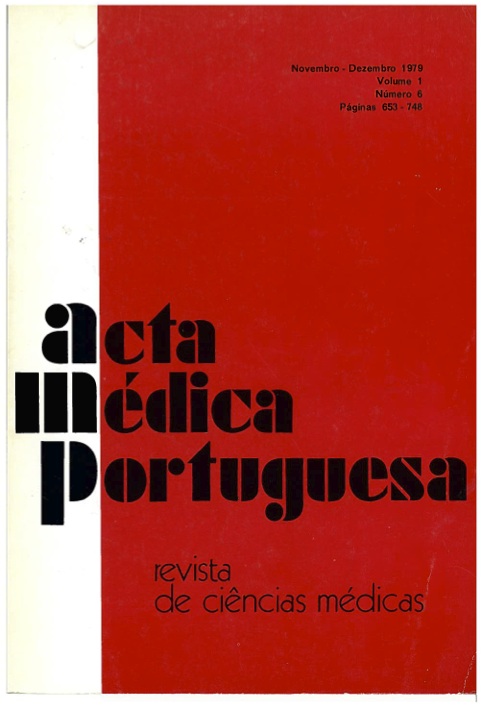Studies on the cardiovascular actions of hydralazine.
DOI:
https://doi.org/10.20344/amp.1270Abstract
In conscious normotensive rabbits, the intravenous administration of hydralazine (0.3 mg/Kg) induced a significant decrease of mean arterial blood pressure (MBP) (p<0.001) and a significant increase of heart rate (HR) (p< 0.01). Pretreatrnent ot the animals with two prostaglandins (PGS) synthesis inhibitors, indomethacin (1 mg/Kg) and acetyisalicylic acid (10 mg/Kg) abolished the hypotensive effect (p> 0.05) and did not modify the tachycardia. In the same model, the continuous infusion of a PGS precursor, arachidonic acid (7.5-10 μg/Kg/min), modified the blood pressure lowering effect of hydralazine which began sooner and was considerably prolonged. In spontaneously beating guinea-pig isolated atria, hydralazine (X10-5M) had no direct chronotropic effect and did not rnoclify the responses to noradrenaline (2 to 8X10—7M) and isoprenaline (1 to 4X10-8M), but markedly enhanced the tachycardia provoked by tyramine (1.5 and 3.0x10-5M). These results suggest that the hypotensive effect of hydralazine in normotensive conscious rabbits are related to the endogenous PGS system and that hydralazine has a stimulating effect on the heart probably mediated by a modification of the adrenergic neurotransmission to the heart.
Downloads
Downloads
How to Cite
Issue
Section
License
All the articles published in the AMP are open access and comply with the requirements of funding agencies or academic institutions. The AMP is governed by the terms of the Creative Commons ‘Attribution – Non-Commercial Use - (CC-BY-NC)’ license, regarding the use by third parties.
It is the author’s responsibility to obtain approval for the reproduction of figures, tables, etc. from other publications.
Upon acceptance of an article for publication, the authors will be asked to complete the ICMJE “Copyright Liability and Copyright Sharing Statement “(http://www.actamedicaportuguesa.com/info/AMP-NormasPublicacao.pdf) and the “Declaration of Potential Conflicts of Interest” (http:// www.icmje.org/conflicts-of-interest). An e-mail will be sent to the corresponding author to acknowledge receipt of the manuscript.
After publication, the authors are authorised to make their articles available in repositories of their institutions of origin, as long as they always mention where they were published and according to the Creative Commons license.









